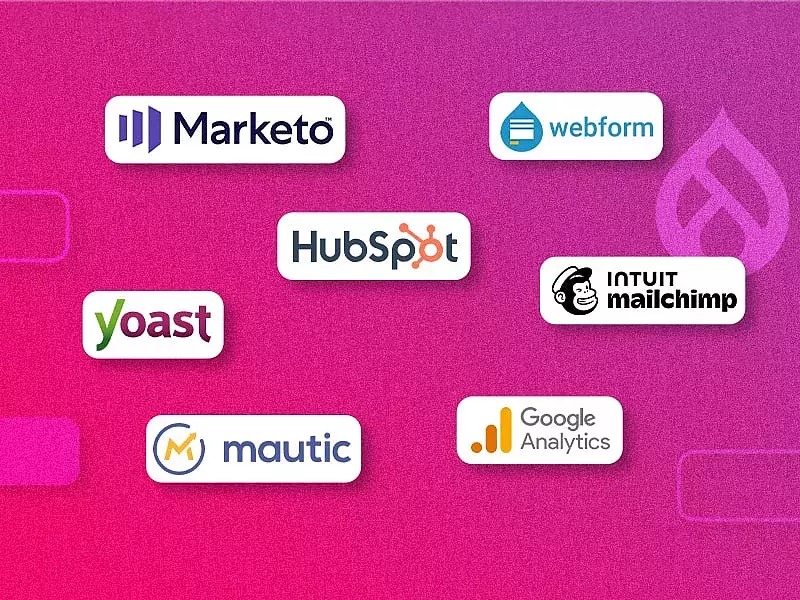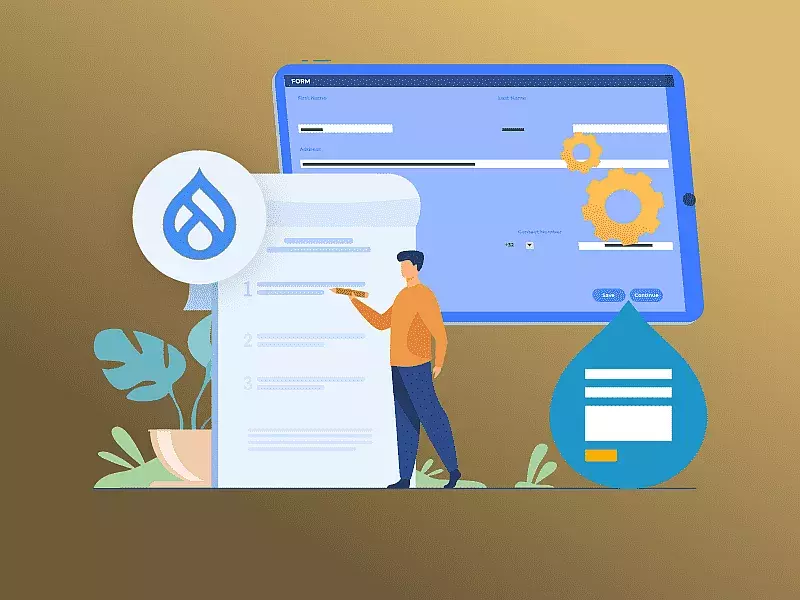
One of the most important aspects of technology in education is its ability to level the field of opportunity for students. --- John King, U.S. Secretary of Education
How many of you were aware of the fact that the very first instance of what became of the internet, was a communication link between UCLA and Stanford in October 1969?! At that time, more than half of the eventual nodes on the ARPANET - the precursor to today's Internet - were universities. To be fair, the internet was literally born in universities.
In the 80s and the 90s, most of these organizations had a significant online usage penetration and were amongst the first ones to have a digital presence and develop a website of their own.
With the faculty members and the administrators of the education organisation having better access to the internet in much larger numbers, this was viewed not as a potential source of revenue, but as an educational imperative. Unlike their corporate counterparts, higher ed organisations had fewer restrictions, thus making this less about profits and more about the mission.
Today's Scenario?
Over the past 2 decades, the advancements in technology have been tremendous and these changes have played a major role in allowing educational institutions to move into a teaching and learning method inspired and driven by technology.
However, the changes while creating new opportunities for students, have brought upon new obstacles for colleges and universities to overcome.
Today's technology driven higher education is rich and also in tangles. With almost zero editorial governance, most of the universities are caught up in a heap of long trail of microsites, internal portals, mismatched designs, and patchwork integrations.
In the present scenario, from textbooks to exercises, from software simulations to data sets containing educational data, it is necessary to rethink the way these educational resources or “learning objects” are managed.

Though this is all exciting to begin with, it is not just tiny web presence that is the issue. Let us discuss about some of the common problems that higher education institutions face when it comes to content management.
Diverse Audience
In an ideal condition, a website is crafted for a specific audience. However, think of an higher ed institution and the website of its own which will be serving multiple audiences from all the possible corners of the world with a diverse background of their own. Apart from the main set of audience, serving dozens of smaller sub-audiences, the higher education institutions faces the daunting task of serving more people with more complexity in a more challenging web environment.
When we talk about the challenging environment, it is just not about different people needing different information. For example, students might want to access a class video on their mobile device. However, this is driven by various other factors such as students with different economic backgrounds and financial conditions, different broadband speeds, different internet access regulations and many more.
This clearly implies that the requirements for a higher education universities with respect to content, design and development need to be broad, drastically broad!
Contributor Base
With a long tradition of direct web publishing with little or no oversight whatsoever, the higher education projects are always present with larger numbers of content contributors from various departments and wings of the organisation than any other type of industry. They have their own independent departments, each with their own stake, audiences and outcomes, resulting in the faculty members publishing their content in the form of research to public websites under the university banner without clearing this with the central governing body.
To add to the complication, even if the higher education body has a centralized editorial board, the departments often come up with their own editorial teams, making it difficult task for the central governing body to maintain the vision of each individual team.
With all this going on, the most affected are the permissions and the security features under the high number of users and student population. A streamlined user management driven by a central management for permissions and supported by a user database for the website independent of the rest of the organization is a rare sight in the higher education institutions.
Too Many Units, Websites
Most of the large higher ed websites are actually several (in some cases even hundreds) of loosely associated microsites, department websites, external applications and more. Consisting of a number of semi-autonomous departments, the organizational structure is completely paralleled in their website management and governance. This results in a major architectural issue, struggling to keep consistency between the various different groups and their content.
With so many microsites, it often appears as though there is a separate website for each department. In some cases these websites might differ in terms of visual appearance, architecture of the information, and also the editorial tone. Some extreme cases can also have the micro sites running on separate servers, powered by their own CMS and operated as complete separate entities!
System Integrations
A great university does more than just handle a bunch of students and teach them a few subjects. Similarly, a great website does more than just show a text page or two. An average higher education institution is quite complex, involving lot of people, departments, students and more. Thus the average website of this average institution is bound to be complex system of interlocking technologies.
A typical website for a higher education institution is a complex world of system integrations with functionalities bolted onto the main content management systems. With multiple portals and support systems to service the academic needs of the student population, there lies a huge challenge in how to balance the specific needs of their diverse audience and also manage the technology constraints with respect to standards of integrations.
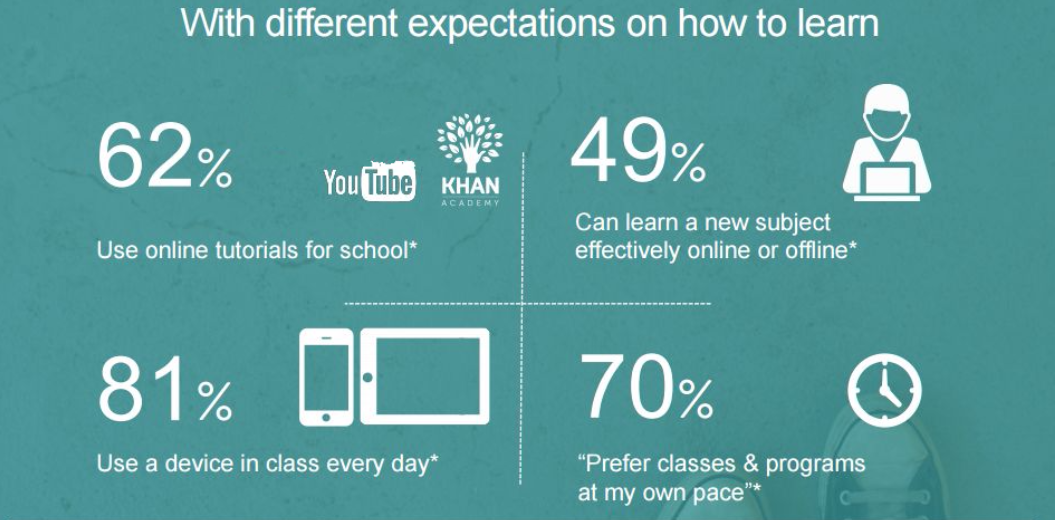
The Solution
When we think from the perspective of an educational institution there is a lot of data that is travelling among the teachers, students and the administrators. Comprising of worksheets, homework, reports, assignments and so on, most of this content is not managed and maintained by the educational institution but by the teachers themselves, making it entirely dependent on context and the learning goals to be achieved.
Quoting Wiley, in his “content is infrastructure,” the learning process must be created on top of such infrastructure, and there is a real need for managing all those contents available on the Web.
This fact combined with the concept of open educational resources, enables a new environment for learners that view the web as a learning space with many possibilities, with no time or space barriers. While content management has traditionally been related to content producers such as news and media agencies, publishers and other portals, the higher education institutions are a major contender (courtesy of their methods to churn out their own content on a regular basis) to use a CMS effectively.
A CMS is basically defined as a combination of three distinct concepts: content, process and technology.
Content usually refers to the text, graphics, videos, animations and other media that comprise the base of a system.
Process is more concerned about the users and the actions performed by the users. Defined as the set of actions that produce a notable outcome, process refers to the ways integrated into the system for the users to perform certain tasks such as publish, share or download.
Technology is the driving force to perform the process and control content over the internet.
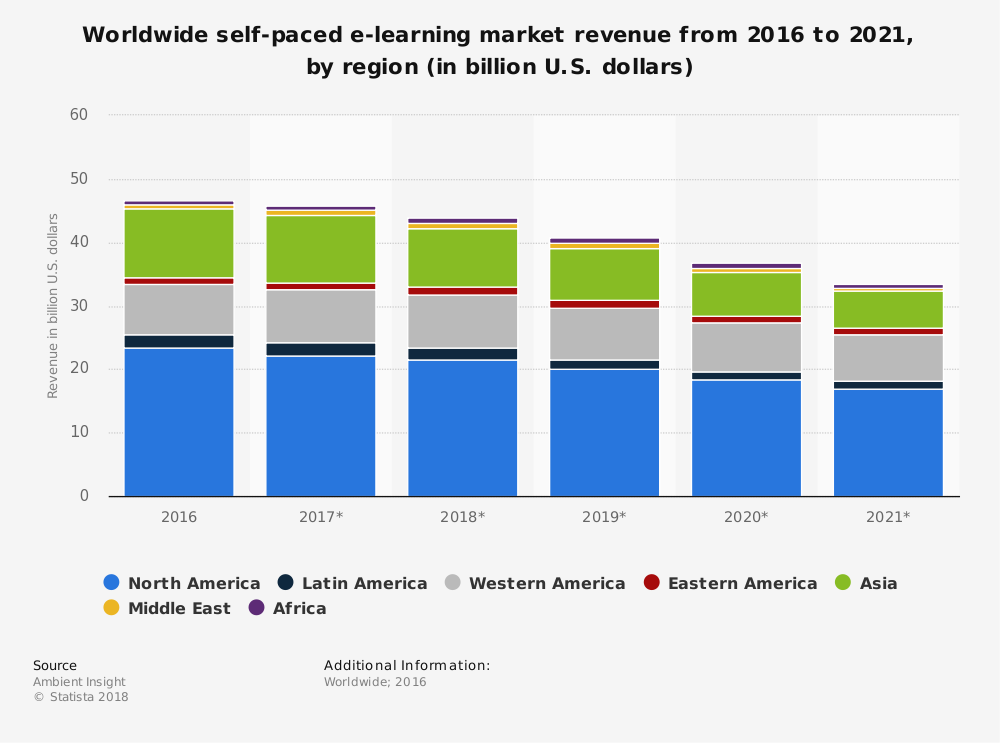
Content Management System & The Concept of Compound Learning
The basic purpose of any CMS in any industry is to manage the information workflow in a database and publish the content onto the web environment. However, even when the purpose is standard for any user, the process and the way to present it to many other users differs according to the user requirements that can range from a simple task to a complex one.
In the case of educational purposes, a CMS can be used to submit various assignments or publish research papers or update information on the student portal etc. Furthermore, using the CMS as a support for classroom instruction results in a structure for Compound Learning.
Compound Learning is the combination of both the traditional instructions and e-learning with the support of an effective CMS like Drupal. This ensures that the students are not deprived of the interactivity in the classroom and also are exposed to technology that eases their workload.
From the teacher's point of view, this integration of a CMS like Drupal helps them effectively manage their online information such as audios, videos, animation, interactive applications and more. Providing an effective usage to control processes for managing content and its users, some of the features that Drupal CMS offers are,
- Easy navigation
- Effective information management
- Ease of access and usage
- Architectural organization
- Different interfaces and functions for different user groups
- Robustness & Scalability
Furthermore, by using a CMS like Drupal, higher education institutions can develop up-to-date information on a regular basis, improve their system administration and also lower their expenses at the same time. Also, achieving following goals with a Drupal CMS becomes much easier.
- Ease of use with security and permissions
- Creating workflow administration
- Separating content from design and view
- Managing and controlling content
- Handling structures for metadata
- Creating depository for reusable content and more...
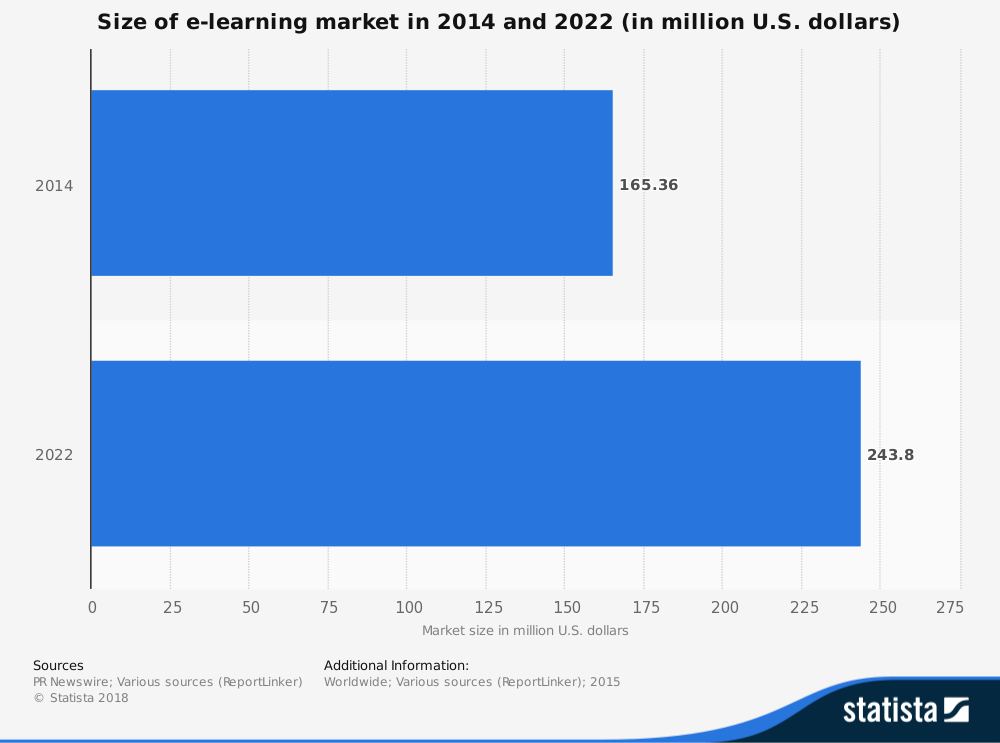
When education systems find it hard to maintain knowledge acquisition, management and publishing process because of their complexity, web based content management systems like Drupal makes things easier irrespective of the amount of content owned and the amount of updates and modifications required.
In any higher education institution, it is very important to understand how a CMS impacts a number of people and the departments concerned. While analyzing the current website of the institution and using the input from some of the key individuals helps in understanding how a CMS fits into the environment, the decision is still based on an extensive process and open communication. In the field of educational technology, it is an often repeated motto to emphasize teaching with technology rather than teaching the technology itself.


